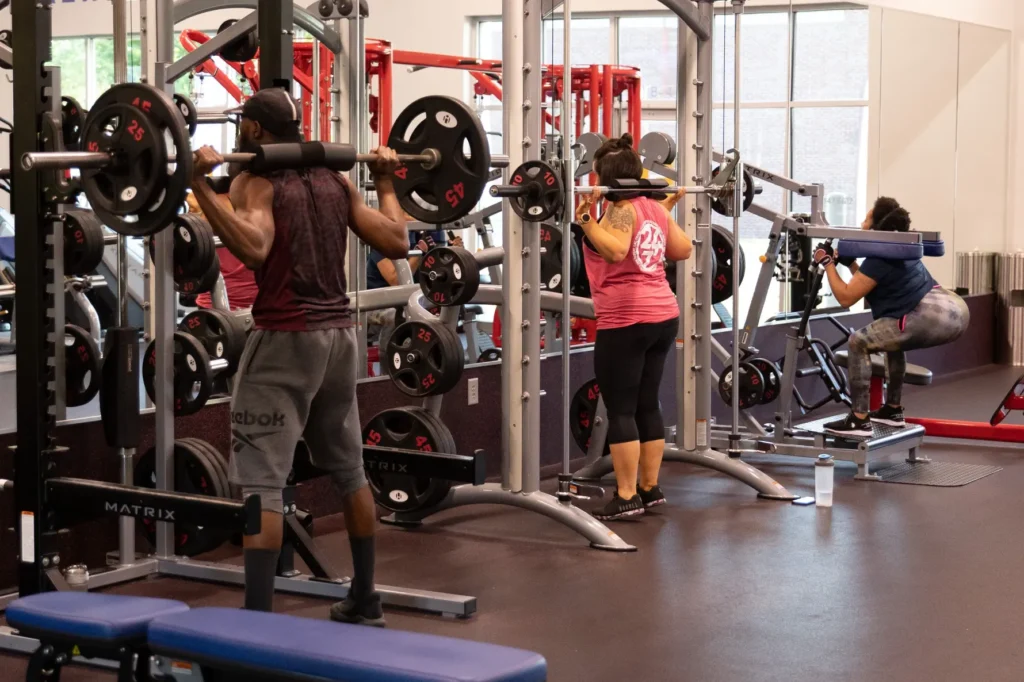Spinal stenosis is a condition that doesn’t just affect your back; it influences every step you take and can significantly impact your quality of life. Characterized by the narrowing of spaces within your spine, it can cause pain, numbness, and mobility issues.
Amidst various treatment options, exercise and physical activity remain crucial, yet many fear further injury. Here’s where yoga comes into play. This ancient practice, known for its gentle stretches and strengthening poses, offers a promising pathway not just for managing pain, but potentially enhancing overall spinal health.
This article explores how yoga could be a beneficial part of managing spinal stenosis, offering relief and improved mobility without the risks of high-impact exercises.
Benefits of Yoga for Spinal Stenosis
Yoga, with its holistic approach to physical and mental health, offers multiple benefits for individuals suffering from spinal stenosis. Here are a few key advantages:
- Flexibility and stretching: Yoga gently stretches and mobilizes the spine, which can help alleviate some of the stiffness and pain associated with spinal stenosis. Poses like the Cat-Cow gives a mild, soothing massage to the spine, promoting flexibility and fluid movement.
- Strengthening muscles: Yoga strengthens the muscles surrounding the spine, providing better support and reducing the load on the spinal column itself. This can lead to a decrease in symptoms and enhanced ability to perform daily activities. Poses like the Plank and Bridging are great for building core strength, which is vital for spinal health.
- Pain management: Regular yoga practice can lead to reductions in pain levels and an improved tolerance for pain. This is achieved through both physical improvements to the spine and the stress-relieving effects of yoga, which can help lower the perception of pain.
- Stress reduction: Yoga incorporates breathing exercises and meditation practices that help reduce overall stress. Stress can exacerbate pain and other symptoms of spinal stenosis, so managing stress is a crucial component of treatment.
If you are looking for yoga classes in St Augustine, get a 3-day free pass at HiTone Fitness and start your yoga journey at no cost.
Safety tips and modifications
Practicing yoga with spinal stenosis requires some caution to avoid aggravating the condition. Here are several safety tips and modifications to ensure a safe practice:
- Consult with a healthcare provider: Before starting any new exercise regimen, especially if you have spinal stenosis or other medical conditions, consult with a healthcare provider.
- Use props: Utilize yoga props such as blocks, straps, and cushions to support and stabilize your body during poses, reducing strain and risk of injury.
- Modify poses: Adapt poses as necessary. For example, use a chair for support during standing poses or perform poses on a raised surface to reduce bending and twisting of the spine.
- Focus on breathing: Use deep, controlled breathing to enhance relaxation and pain management during your yoga practice.
- Avoid deep bends and twists: Be cautious with poses that require deep backbends or twists, which might put additional pressure on the spine.
Final thoughts
Yoga offers a wealth of benefits for individuals suffering from spinal stenosis, from reducing pain and improving flexibility to enhancing overall well-being. Remember, the journey to better health is not a sprint but a marathon, and every gentle step toward mobility and pain relief is a step worth taking.





